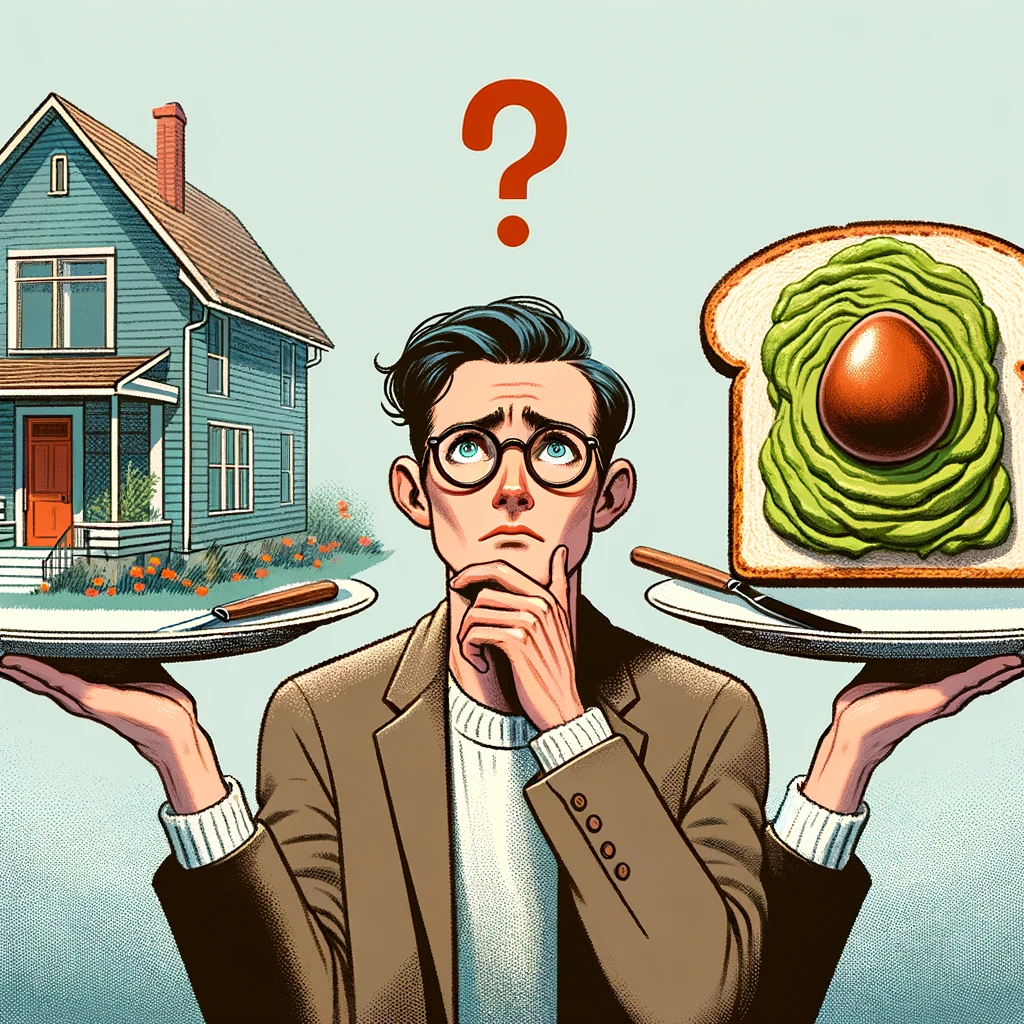Blind Man Meme: This seemingly simple internet meme has unexpectedly captured widespread attention, sparking discussions about its origins, interpretations, and even its ethical implications. Its evolution across various online platforms reveals a complex interplay of humor, irony, and social commentary, making it a fascinating case study in digital culture.
From its earliest iterations to its current multifaceted forms, the Blind Man Meme has undergone significant transformations. This exploration delves into the meme’s visual elements, its diverse interpretations within online communities, and its broader impact on internet culture. We examine the meme’s humorous aspects, while also critically analyzing its potential for misinterpretation and the ethical considerations surrounding its use of disability as a comedic trope.
The Blind Man Meme: A Deep Dive into its Origins, Evolution, and Cultural Impact
The “blind man” meme, characterized by its distinctive visual style and often ironic humor, has become a ubiquitous presence across various online platforms. This article explores the meme’s origins, evolution, variations, and cultural significance, also examining its ethical implications.
Popularity and Origins of the “Blind Man Meme”
Pinpointing the exact origin of the “blind man” meme proves challenging due to its rapid spread and organic evolution across the internet. However, early iterations seem to have emerged around the mid-2010s, initially appearing on imageboards like 4chan and quickly spreading to other platforms like Reddit, Twitter, and Facebook. The meme’s core visual element consistently features a simple drawing or cartoon of a blindfolded man, often depicted in a slightly exaggerated or comical manner.
This figure is usually accompanied by text that creates a humorous juxtaposition, often highlighting the absurdity of the situation or playing on the irony of blindness in a particular context. The meme’s spread accelerated with the rise of meme-sharing platforms and the ease of creating and disseminating user-generated content. Over time, the visual style has evolved, ranging from crude stick figures to more sophisticated digital artwork, reflecting the changing aesthetic trends of online culture.
Variations and Interpretations of the Meme, Blind man meme
Source: laughlore.com
The “blind man” meme encompasses a wide range of variations, categorized broadly by visual style and comedic approach. Some variations maintain a minimalist aesthetic, using simple line drawings and concise text. Others incorporate more elaborate imagery and longer captions. The meme’s comedic effect relies heavily on irony and unexpected twists. For example, a blind man might be depicted navigating a complex situation with surprising ease, creating a humorous contrast between expectation and reality.
Online communities utilize the meme in diverse ways; some use it to express relatable experiences, while others employ it for satirical commentary on current events or societal issues. The interpretations attributed to the meme are equally varied, ranging from lighthearted amusement to more nuanced social commentary.
The Meme’s Impact and Cultural Significance

Source: staticflickr.com
The “blind man” meme has undeniably contributed to online humor and internet culture, providing a readily accessible template for expressing irony and absurdity. Its adaptability allows for diverse interpretations and applications, fostering creativity within online communities. While often used for lighthearted amusement, the meme sometimes subtly critiques societal norms or biases. The meme’s adaptability is evidenced by its repurposing in various contexts, from political satire to everyday life observations.
A hypothetical timeline would show its initial emergence on niche platforms, its rapid spread to mainstream social media, and its subsequent evolution and adaptation across various online communities and cultural contexts. Its peak popularity likely coincided with periods of increased internet usage and meme culture trends.
Visual Analysis of the Meme
The visual aspects of the “blind man” meme significantly contribute to its comedic impact. The following table compares three distinct variations:
| Variation | Imagery | Text | Color Palette |
|---|---|---|---|
| Minimalist | Stick figure blindfolded man | Short, punchy caption | Monochromatic or limited color scheme |
| Detailed | Realistic or stylized drawing of a blindfolded man in a specific scene | Longer, more descriptive caption | Wider range of colors, potentially reflecting the scene’s context |
| Surreal | Blindfolded man in an unexpected or fantastical setting | Absurdist or paradoxical caption | Bold, contrasting colors to enhance the surreal atmosphere |
Common visual tropes include exaggerated features (e.g., wide eyes, a surprised expression), symbolic objects related to blindness (e.g., a cane, a guide dog), and contrasting backgrounds to highlight the incongruity of the situation. A hypothetical variant might depict a blindfolded man expertly navigating a complex maze, the humor stemming from the unexpected competence despite the lack of sight. The use of vibrant colors could emphasize the surreal nature of the scenario.
Ethical Considerations and Potential Concerns

Source: laughlore.com
The use of disability as a comedic element in online memes raises ethical concerns. While the “blind man” meme is often employed for lighthearted humor, it risks perpetuating harmful stereotypes if not handled carefully. Instances where the meme’s humor relies on negative stereotypes about blindness or disability should be avoided. The ethical implication lies in the potential to reinforce societal biases and trivialize the challenges faced by individuals with disabilities.
To make the meme more inclusive, creators should focus on humor that highlights the absurdity of situations, rather than relying on stereotypes. The meme could be adapted by focusing on the ironic juxtaposition of expectations and reality without resorting to harmful depictions.
Final Thoughts
The Blind Man Meme’s journey across the internet showcases the dynamic and often unpredictable nature of online humor. While its comedic potential is undeniable, its use necessitates careful consideration of ethical implications and the potential for perpetuating harmful stereotypes. Ultimately, the meme serves as a compelling example of how seemingly innocuous online content can spark complex conversations about representation, humor, and social responsibility in the digital age.
Do not overlook explore the latest data about b6 161 flight status.
Further research is needed to fully understand its long-term impact on online culture.


